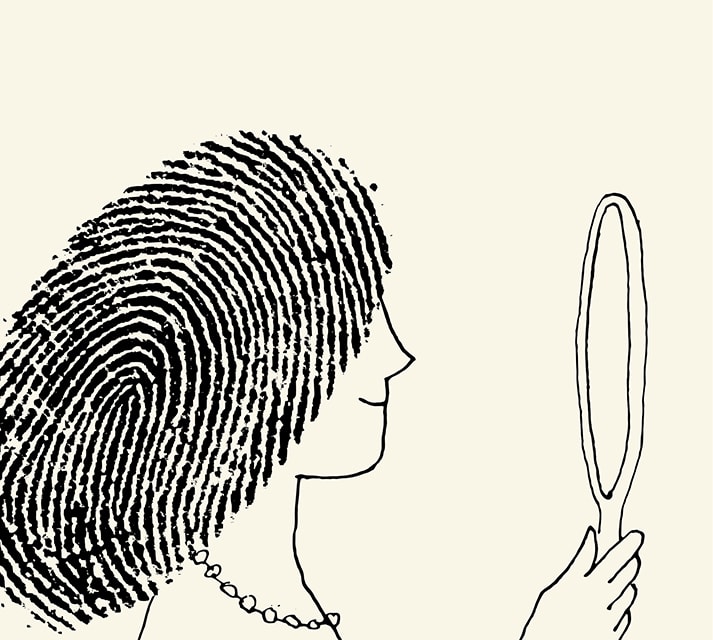The Rules of Genius #36: Develop an authentic style
Everyone has a personal style of working, but not everyone has a “good style.” Good style grows out of good taste—an appreciation of the way aesthetic principles determine beauty. Think of your taste as an ability to recognize what’s beautiful, and your style as the way you apply your taste. Personal style is unique by definition—it responds to a variety of factors, including your goals, your profession, your training, your culture, your life experiences, and the quirks of your personality.
This is the last rule in the series. You can get all 36 rules, plus a bonus section with 10 more rules, in Marty Neumeier’s handy guidebook, The 46 Rules of Genius.
But what about good taste? Is it personal or universal? Here we wade into muddy waters. When it comes to taste, it’s impossible to separate the personal from the universal. Still, it may be helpful to think of good taste as a universal ideal, an understanding of aesthetics that crosses all boundaries by addressing our deeply human need for delight. Those who are trained in the principles of aesthetics are more likely to notice the presence of good taste wherever and however it occurs. A Ming vase is beautiful whether you’re Chinese, German, Australian, or Icelandic. An J-class yacht would be as beautiful to a thirteenth-century peasant as a twenty-first century sailor.
Those who are untrained may “feel” the presence of good taste, but not necessarily recognize it as such. They’re more likely to define good taste as only what’s fashionable, lavish, elaborate, or expensive.
Good taste is often none of these things. It’s the knowledge of how aesthetics can make a designed object or outcome more of what it should be, and less of what it shouldn’t. Furthermore, you can’t buy good taste. You can only earn it through effort. Good taste, unlike beauty, is not in the eye of the beholder. It’s universal.
Good style, however, is particular to the person doing the work. Your personal style is different than my personal style.
In developing an approach to work, resist the temptation to put on a style by adopting “stylistic” elements—such as overusing jump cuts in a movie, or always wearing one red sock. Reject all mannerism, ornament, and affectation. The route to style runs straight through authenticity, simplicity, and directness.
Now, here’s a secret: A good personal style will mostly come from your limitations, not your strengths. It’s the result of working around your shortcomings, using all the aesthetic skills you can muster. Since your limitations are unique to you, your style will also be unique. This is what people find most fascinating about stylish people. They’re uniquely and delightfully themselves. We can look to Oscar Wilde for the best advice: “Be yourself. Everyone else is taken.”
The Rules of Genius is now a book with a bonus section called “How can I matter?” that includes 10 essential rules. Buy here.


